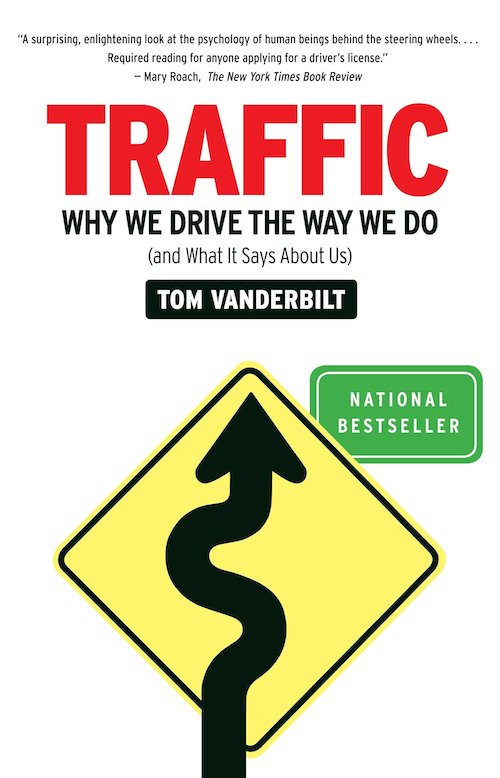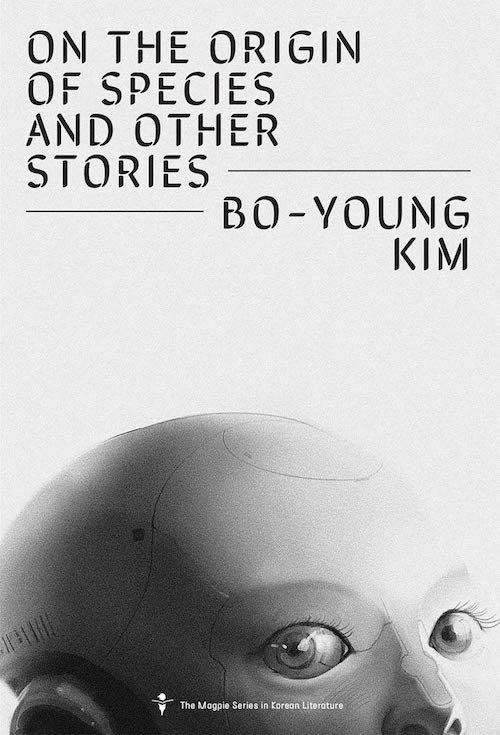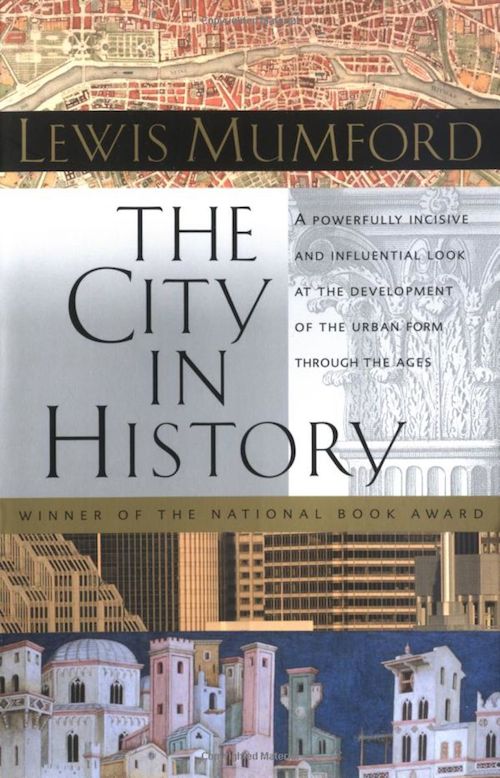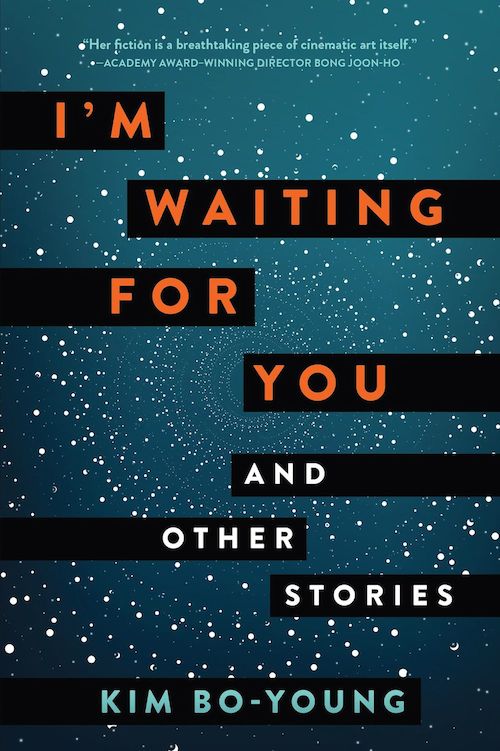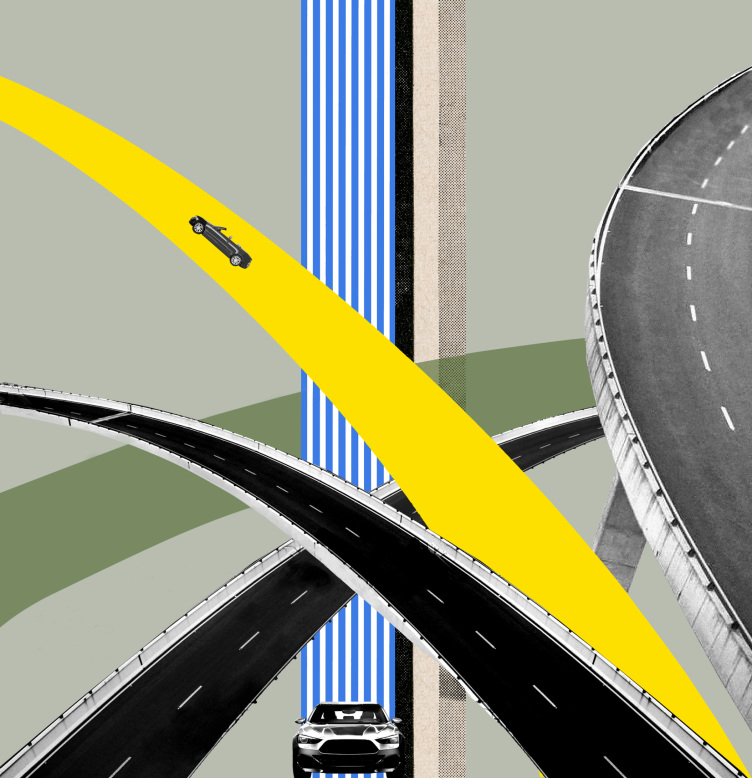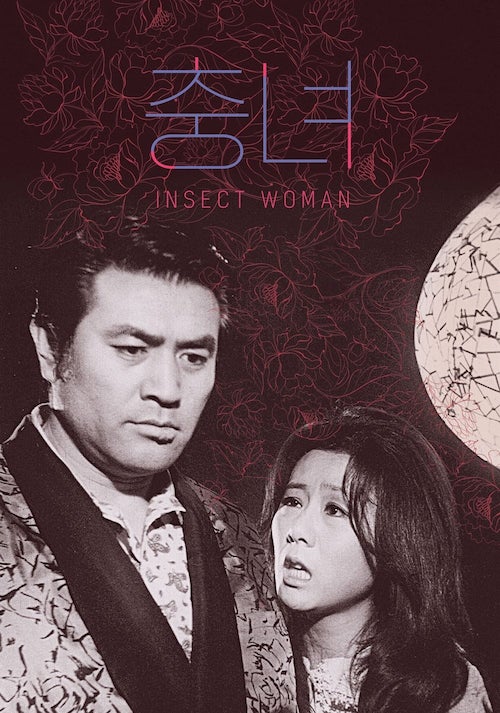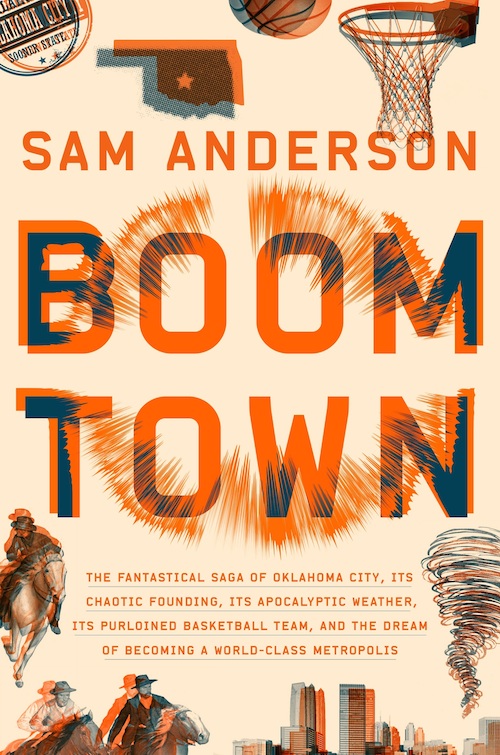
In 1993, five years after Joan Didion left California for New York, an assignment for The New Yorker brought her back to her home state. Her subject was the Spur Posse, a group of young men in the Los Angeles suburb of Lakewood, who had received national attention after being accused of sexually assaulting underage girls. The resulting story, published in July of that year, assesses the widespread “sense that something in town had gone wrong”—and unspools into a grim diagnosis for Lakewood and other downwardly mobile blue-collar American communities like it.
“Lakewood exists because at a given time in a different economy it seemed an efficient idea to provide population density for the mall and a labor pool for the Douglas plant,” Didion writes, referring to McDonnell Douglas, one of the aerospace companies that had powered the expansion of Southern California’s “industrial underbelly.” The impending closure of a department store at the mall, Lakewood Center, and of the Douglas plant prompt her to question not only the town’s economic prospects but its raison d’être. “What had it cost to create and maintain an artificial ownership class?” Didion asks. “Who paid? Who benefitted? What happens when that class stops being useful?”
Among the locals Didion interviews is Donald Waldie, the City of Lakewood’s public-information officer, who was also a published author in his own right. The Kenyon Review had run “Suburban Stories,” a short work of Waldie’s autobiographical fiction, the previous fall, and Didion includes a few lines from it in her report. “He knew his city’s first 17,000 houses had been built within three years,” Waldie’s narrator observes of the protagonist, who lives in a California suburb much like Lakewood. “He was aware of what this must have cost, but he did not care.”
Read the whole thing at the New Yorker.
